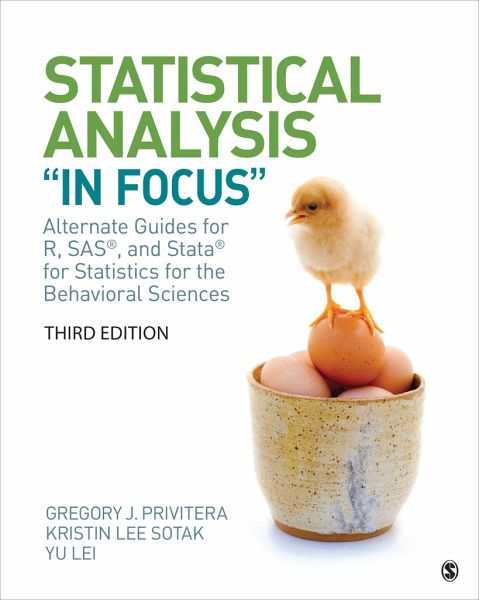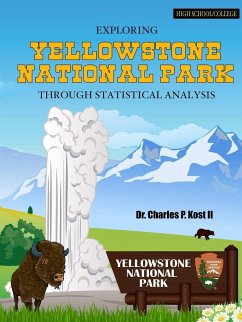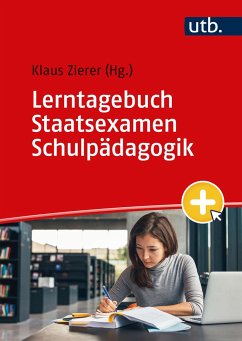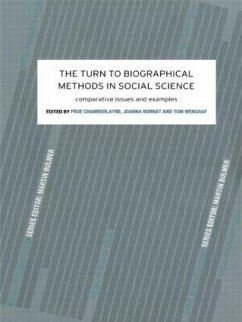Nicht lieferbar

Statistical Analysis in Focus
Alternate Guides for R, Sas, and Stata for Statistics for the Behavioral Sciences
Versandkostenfrei!
Nicht lieferbar
Third EditionStatistics for the Behavioral Sciences, Third Edition who work with a statistical program other than SPSS or Excel. Three standalone parts, each dedicated to R, SAS, and Stata, serve as step-by-step guides for completing the "In Focus" exercises in Privitera’s core text. Gregory J. Privitera, Kristin Lee Sotak, and Yu Lei’s conversational writing style along with "To The Student" introductions allow students to familiarize themselves and become more comfortable with each program prior to making computations. Additionally, General Instruction Guidebook (GIG) sections for R, SAS...
Third EditionStatistics for the Behavioral Sciences, Third Edition who work with a statistical program other than SPSS or Excel. Three standalone parts, each dedicated to R, SAS, and Stata, serve as step-by-step guides for completing the "In Focus" exercises in Privitera’s core text. Gregory J. Privitera, Kristin Lee Sotak, and Yu Lei’s conversational writing style along with "To The Student" introductions allow students to familiarize themselves and become more comfortable with each program prior to making computations. Additionally, General Instruction Guidebook (GIG) sections for R, SAS, and Stata provide standardized how-to instructions for using each program, making the book a valuable reference for students beyond their studies.













